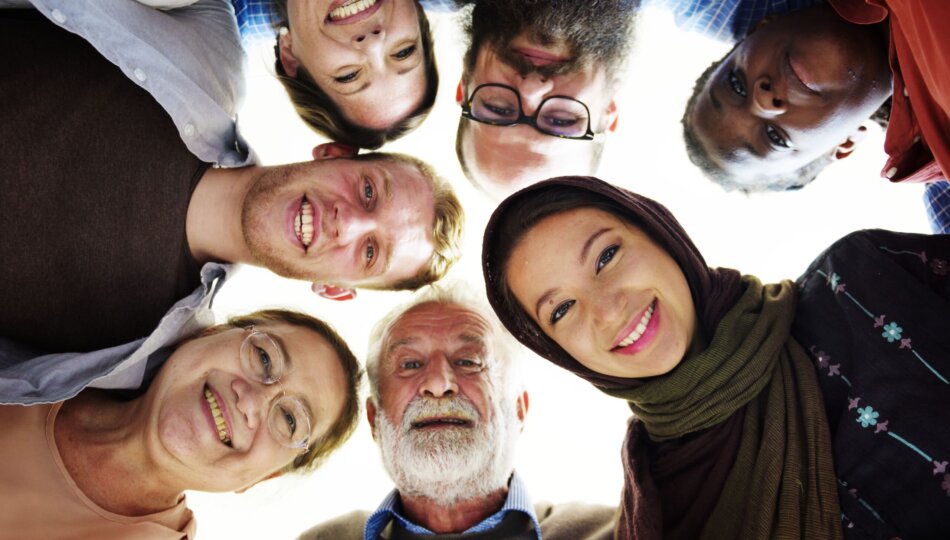In January and February, we shared resources we found meaningful in introducing collective impact, cross-sector collaborations, developing a Community Action Committee, managing effective teams, and building powerful partnerships.
This month, we’re sharing resources to help you get started creating change in your community. Creating change can mean a lot of things; we focus here on determining where to start your work based on existing resources and barriers in your community, while also considering how people’s different needs play into their response to community resources. For this step, it’s important to understand issues within the systems of your community that could create barriers to change. It’s also important that you host listening sessions to better learn about community needs straight from community members.
Next month, we will share resources on how to set goals based on community needs.
Understanding and Describing the Community from Community Tool Box
This resource focuses on how to examine the community and record your findings in a community description for both credibility and awareness.
Community Readiness from Community Tool Box
This resource dives deep into how to understand and measure a community’s readiness to address a particular issue, as well as how to use that knowledge to stimulate community change. It also suggests questions to ask community members and explains how to score answers to determine your community’s readiness.

Developing a Plan for Assessing Local Needs and Resources from Community Tool Box
This tool acts as a guide for developing and implementing a plan to assess the needs of communities and the resources available to them. It also includes information that brings together resources from previous months on cross-sector collaboration and how different community stakeholders can be involved in developing changemaking plans.
Barrier Identification Tools from the Behavioural Insights Team
The Barrier Identification Tool (BIT) was created to help identify a variety of barriers or hurdles to altering habits. These barriers can be individual or considered at a larger scope of the community, such as environmental barriers. This tool can help you identify barriers as opportunities for change.
Assessing Community Needs and Resources from Community Tool Box
This toolkit provides guidance for conducting assessments of community needs and resources. It provides six steps, with several linked resources per step, to guide meaningful and sustainable community change.
Identifying Systems Problems from the Centers for Disease Control
This resource outlines how to identify the root of systems problems in a community as opposed to addressing symptoms of systems problems. Resources offered here through Thinking in Systems (TiS) outline a variety of ways to begin solving systemic issues in your community.
Maslow’s Human Needs from TED Radio Hour
Humans need food, sleep, safety, love, and purpose. Psychologist Abraham Maslow ordered our needs into a hierarchy. This episode of TED Radio Hour discusses the hierarchy of needs and how they impact individuals’ abilities to consider different needs based on whether or not their needs are being met.

Community Listening Session Toolkit from the AARP Livability Team
In this toolkit from the AARP Roadmap to Livability Collection, you will find details and guidance on how to host localized sessions to listen to community needs. These sessions allow local leaders to engage directly with residents and stakeholders to learn what they want and to identify and solve problems.
Leading a Community Dialogue on Building a Healthy Community from Community Tool Box
This tool is another robust and comprehensive resource on how to host a community discussion that engages and brings together the many voices of the community. It dives into what the dialog could look like, who to include, how to host the session, and how to ensure it will be meaningful in your community–change work.
Conducting Focus Groups from Community Tool Box
This resource explains how to plan, prepare, conduct, and use focus groups to gather qualitative data for a deeper understanding of community issues. You will find a guide on what focus groups are and steps to use a focus group to catalyze your community work, with several guiding questions along the way.
Ready to get started?
Learn more about our Healthy Parkinson’s Communities™ initiative here, and keep up with these resources and the rollout of the Healthy Parkinson’s Communities initiative by subscribing to our Community Leaders Newsletter.

